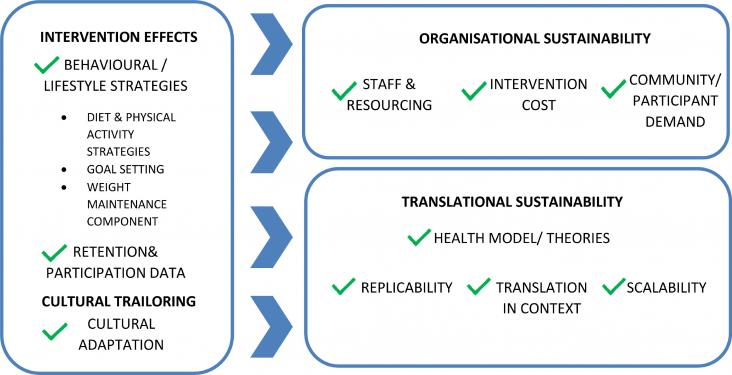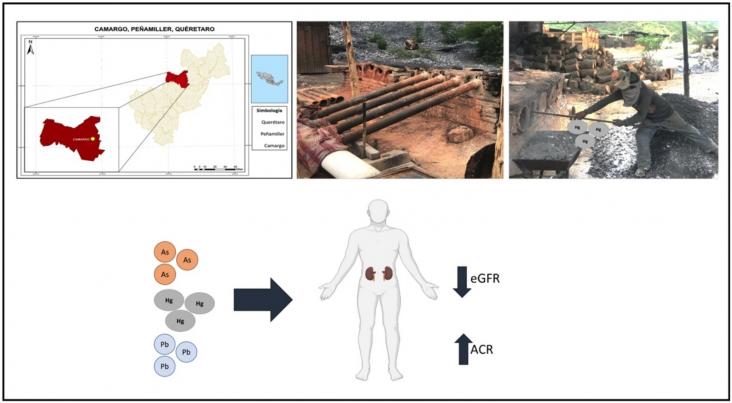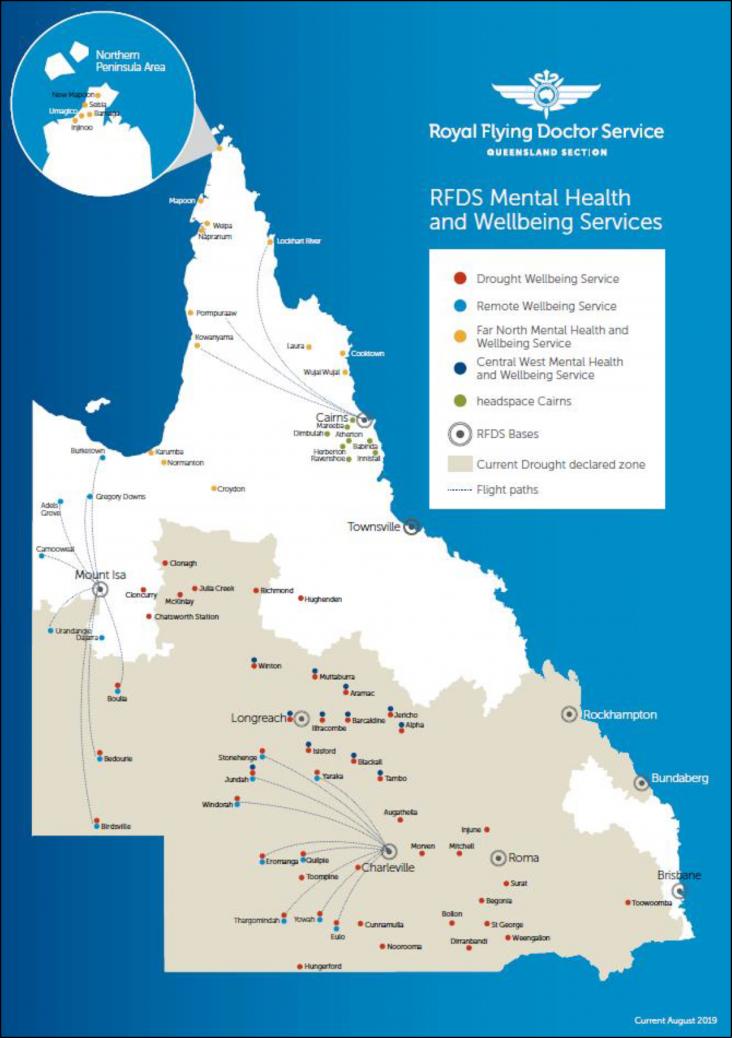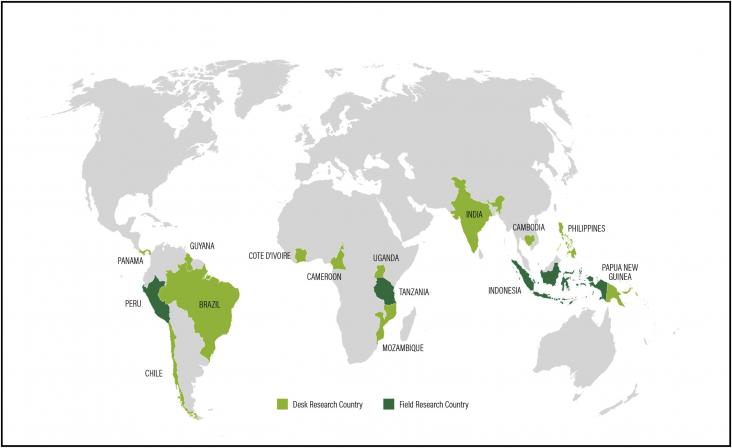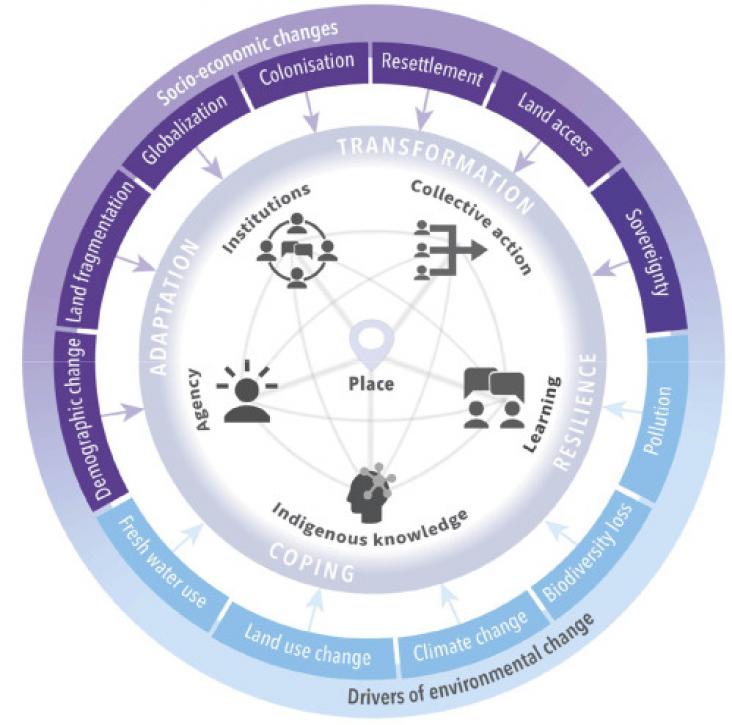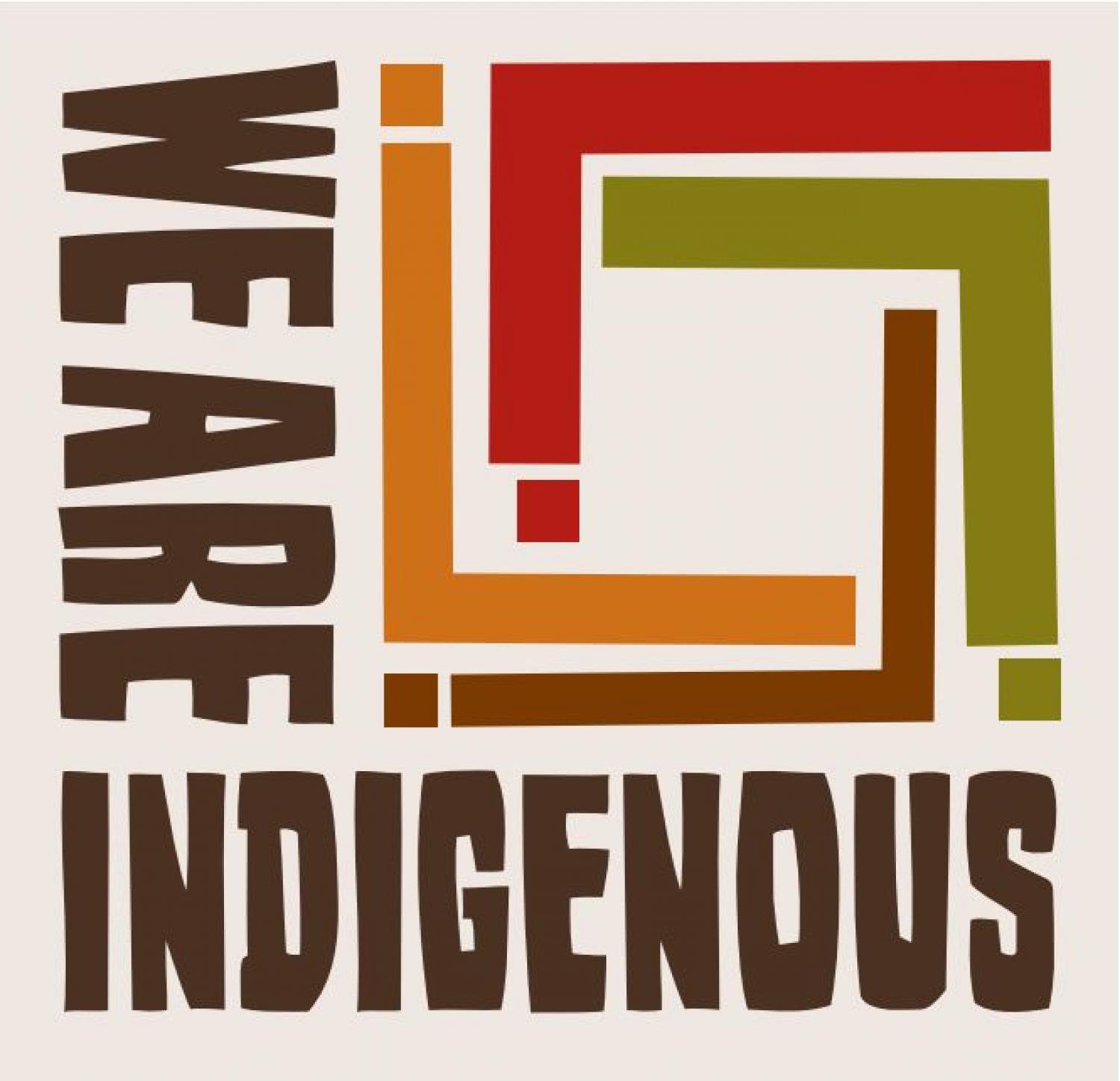
The United Nations General Assembly decided that International Day of the World’s Indigenous Peoples would be observed every year on 9th August. On this day, people from around the world are encouraged to help spread the UN’s message on the protection and promotion of the rights of indigenous peoples. Elsevier is pleased to share this special collection of freely available articles to help spread awareness about this important topic. Please feel free to download and share these papers.
The Lancet Regional Health - Americas, Volume 10, June 2022
Trees, Forests and People, Volume 8, June 2022
The Lancet Planetary Health, Volume 6, May 2022
The Lancet Regional Health - Americas, Volume 8, April 2022
Forest Ecology and Management, Volume 506, 15 February 2022
The Lancet Planetary Health, Volume 6, February 2022
The Lancet, Volume 399, 22 January 2022
The Lancet Regional Health - Americas, Volume 4, December 2021
Land Use Policy, Volume 110, November 2021
Land Use Policy, Volume 108, September 2021
The Lancet Regional Health - Western Pacific, Volume 13, August 2021
iScience, Volume 24, 23 July 2021
Heliyon, Volume 7, July 2021
Trees, Forests and People, Volume 4, June 2021
Journal of Archaeological Science: Reports, Volume 35, February 2021
Journal of Mathematical Behavior, Volume 59, September 2020
One Earth, Volume 2, 19 June 2020
The Lancet Public Health, Volume 4, October 2019
Development Engineering, Volume 3, 1 January 2018
The Lancet Regional Health - Americas, Volume 10, June 2022
The Lancet, Volume 399, 12 February 2022
The Lancet Global Health, Volume 8, May 2020
The Lancet Global Health, Volume 9, February 2021
The Lancet Planetary Health, Volume 6, February 2022
Indigenous People and Nature, Insights for Social, Ecological, and Technological Sustainability, 2022, Pages 171-197
Indigenous People and Nature, Insights for Social, Ecological, and Technological Sustainability, 2022, Pages 199-216
Current Directions in Water Scarcity Research, Volume 4, 2022, Pages 1-11
The Inequality of COVID-19, Immediate Health Communication, Governance and Response in Four Indigenous Regions, 2022, Pages 1-29
The Inequality of COVID-19, Immediate Health Communication, Governance and Response in Four Indigenous Regions, 2022, Pages 177-198
Water Conservation and Wastewater Treatment in BRICS Nations, Technologies, Challenges, Strategies and Policies, 2020, Pages 321-328
